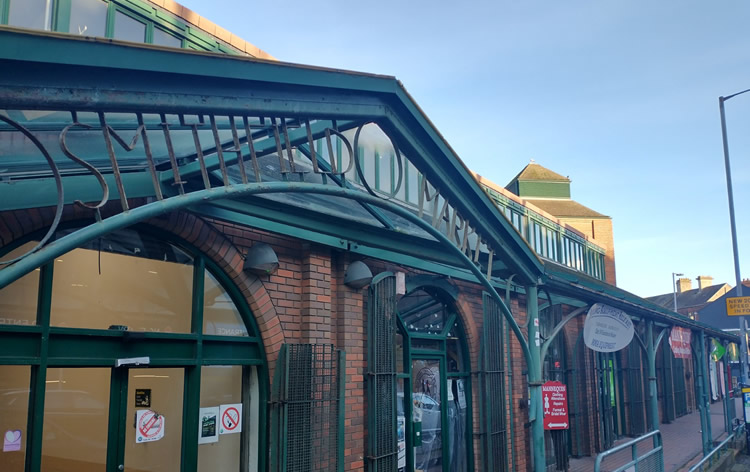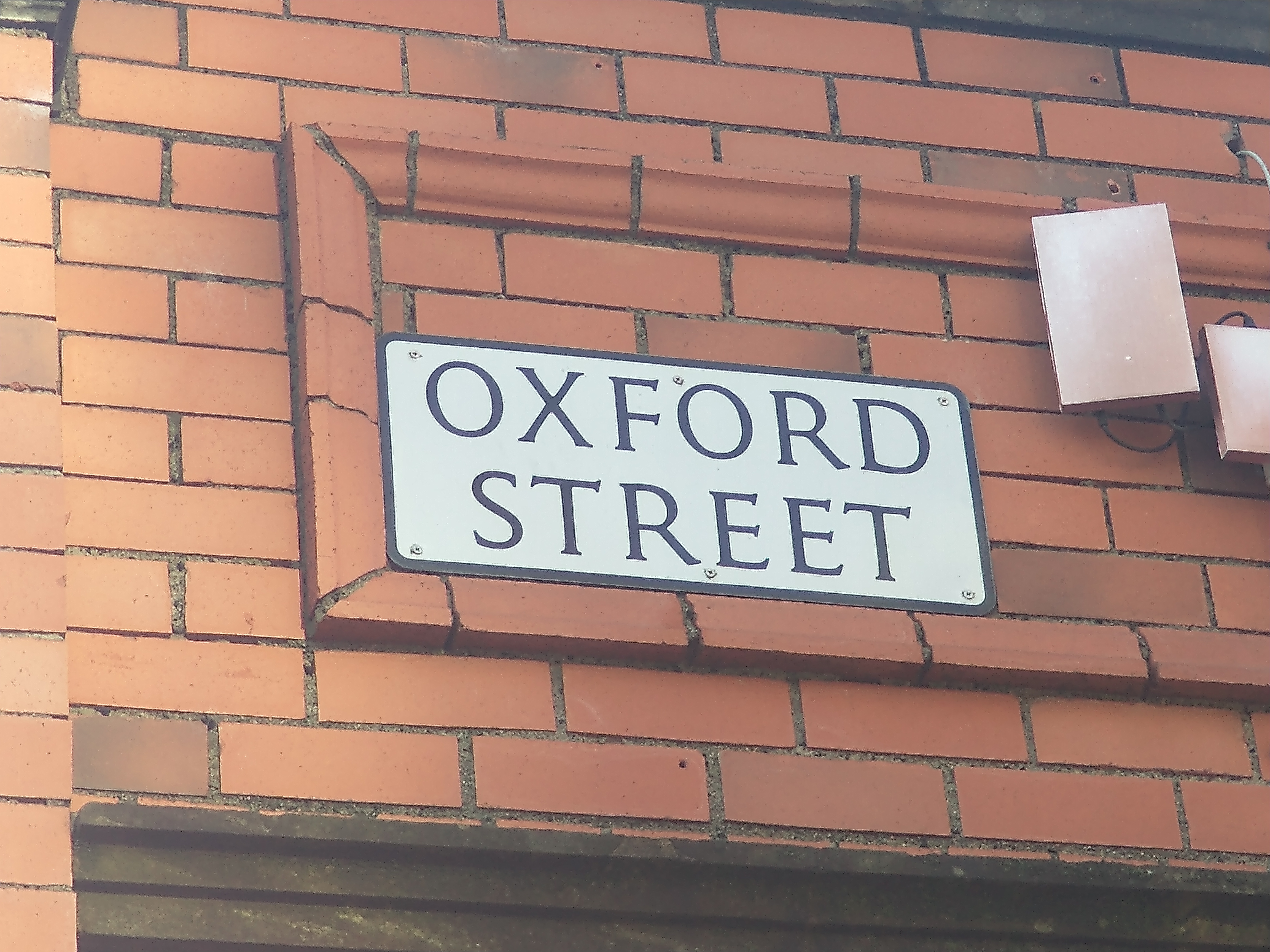Transferred Street Names In Belfast
By Paul Tempan
“Transferred names” are a special category of names which are copied from one location to one or many other locations because the places in question share a function, characteristic or association. Typically, the original instance of the name applies to a place of note, often prestigious, or sometimes notorious. I discussed three examples of names in the built environment copied due to a shared function in an article for Archaeology Ireland, Summer 2019 (Tempan 2019, 40–43). Two of these were copied from London to Dublin, namely Smithfield and Bridewell. A third, Bully’s Acre, was transferred from Kilmainham in Dublin to multiple other locations around Ireland, including one instance in Newtownards (Dempsey, 2009a, B.A. dissertation, GMIT; Dempsey, 2009b). The topic of transferred names is a complicated one. It is no easy matter to distinguish between situations where a name is transferred due to a shared function or association and cases of identical names arising independently. Dating can help but is not guaranteed to offer a clear picture, and experts may disagree about whether a given name is copied or not.

Photo: Smithfield today
Several Belfast street-names may be copied from London. The most secure example of this is Belfast’s Smithfield Market, which was established in 1788 as one of the city's principal markets (IHTA xii, 29). George Benn states that it included a cattle market from the outset, although he was uncertain of the date (Benn 2008, ii 114). The Irish Historic Towns Atlas is less certain about this but acknowledges that fairs were held at Smithfield and that it included a shambles (an abattoir) in 1808 (IHTA xii, 29). However, Benn’s assertion is supported by contemporary newspaper articles, such as one in The Belfast Newsletter of 10th June 1788 which announces: “A Flesh Market, and a Smithfield for the sale of cattle, we hear, will soon be established.” It was, therefore, intended to have a similar function to the original Smithfield Market in London, established in the twelfth century for the meat trade (Tempan 2019, 41–42). Smithfield Square North (1851, IHTA xvii, 36) is the only remaining street named after it.
 Other names which have doubles in London and might conceivably be transferred include Fleet Street (1837, IHTA xii, 14), Oxford Street (1849, IHTA xvii, 32), Bond Street (1847, IHTA xvii, 11), Regent Street/Sráid na Ríona (1863, IHTA xvii, 33) and Grosvenor Road (1871, called Grosvenor Street in 1856, IHTA xvii, 21). The motivation for copying these names, if this interpretation is correct, may have been to bestow a measure of reflected prestige on these streets, and so on Belfast as a whole, by comparing them to renowned thoroughfares of the Empire's capital. In the case of Belfast's Oxford Street, site of the Oxford Market, May’s Market and St. George’s Market, a comparison may also have been intended with the bazaars of its London namesake (Patton 1993, 260–61). The fact that May’s Market and St. George’s Market existed before the building and naming of Oxford Street would seem to support an ambition to emulate the London thoroughfare.
Other names which have doubles in London and might conceivably be transferred include Fleet Street (1837, IHTA xii, 14), Oxford Street (1849, IHTA xvii, 32), Bond Street (1847, IHTA xvii, 11), Regent Street/Sráid na Ríona (1863, IHTA xvii, 33) and Grosvenor Road (1871, called Grosvenor Street in 1856, IHTA xvii, 21). The motivation for copying these names, if this interpretation is correct, may have been to bestow a measure of reflected prestige on these streets, and so on Belfast as a whole, by comparing them to renowned thoroughfares of the Empire's capital. In the case of Belfast's Oxford Street, site of the Oxford Market, May’s Market and St. George’s Market, a comparison may also have been intended with the bazaars of its London namesake (Patton 1993, 260–61). The fact that May’s Market and St. George’s Market existed before the building and naming of Oxford Street would seem to support an ambition to emulate the London thoroughfare.

Photo: St. George's Market
Fleet Street, no longer extant, is much less likely to be an example of transfer in view of its location in the docks area between Ship Street and Dock Street, which points instead to a street-name referring to the navy or merchant shipping fleet. London’s Fleet Street, by contrast, was named after the Fleet River in the vicinity and later became associated with the press, due to the number of national newspapers which had their premises there. Belfast’s Fleet Street does not seem to have shared either of these associations.
Regent Street in London was named for George, Prince of Wales (later King George IV) and laid out by the architect John Nash between 1813 and 1821 as part of a scheme for the prince (Room 1994, 451). The fact that Belfast’s Regent Street was named in 1863, four decades later during the reign of Queen Victoria (when there was no regent), speaks for this being a transferred name. It must be acknowledged, however, that neither this nor Bond Street were ever amongst Belfast’s principal thoroughfares, so it is not easy to imagine them as emulating their prestigious London namesakes. However, perhaps the aspiration is more important than reality in these cases.

Photo: Oxford Street
In conclusion, it seems that Belfast’s Smithfield is a fairly secure example of a name transferred from London, whilst Oxford Street and Regent Street are strong “possibles”. Bond Street and Grosvenor Road are less certain but merit consideration. Fleet Street can safely be connected with the Port of Belfast and can, therefore, be excluded. There are other imported names found among the districts of the city, such as Balmoral, New Barnsley, Stormont and Sydenham, but these seem to be simple commemorative names rather than names transferred due to a shared function, characteristic or association.
References
IHTA xii = Gillespie, Raymond and Stephen A. Royle. 2003. Belfast : Part 1, to 1840 (Irish Historic Towns Atlas, no. 12, eds Anngret Simms, H.B. Clarke, Raymond Gillespie). Dublin.
IHTA xvii = Royle, Stephen A. 2007. Belfast : Part 2, 1840 to 1900 (Irish Historic Towns Atlas, no. 17, eds Anngret Simms, H.B. Clarke, Raymond Gillespie). Dublin.
Benn, George. 2008. A History of the Town of Belfast, 2 vols (new edn., 1st edn. 1877, 1880). Belfast.
Dempsey, Gary. 2009a. ‘Where we buried our sins: Bully’s Acre, etymology, distribution and associations’, unpublished B.A. dissertation in Heritage Studies, GMIT.
Dempsey, Gary. 2009b. ‘In search of the Bully’s Acre’ in Archaeology Ireland (Autumn 2009), 9–10.
Patton, Marcus. 1993. Central Belfast – A Historical Gazetteer. Belfast.
Room, Adrian. 1994. Dictionary of Proper Names. London, New York.
Tempan, Paul. 2019. ‘Smithfield, Bridewell and Bully's Acre (names in the Irish built environment copied due to a common function)’, in Archaeology Ireland (Summer 2019), 40–43.
About Paul Tempan
Paul Tempan has lived in Belfast since 2001 and has travelled Ireland as a hill-walker and as a tour guide. He undertook doctoral research on Irish place-names at Queen's University Belfast (2007-11) and worked as a research assistant, later a researcher fellow, at the Northern Ireland Place-Name Project (2006-13). He now works with Libraries NI and is an independent researcher.